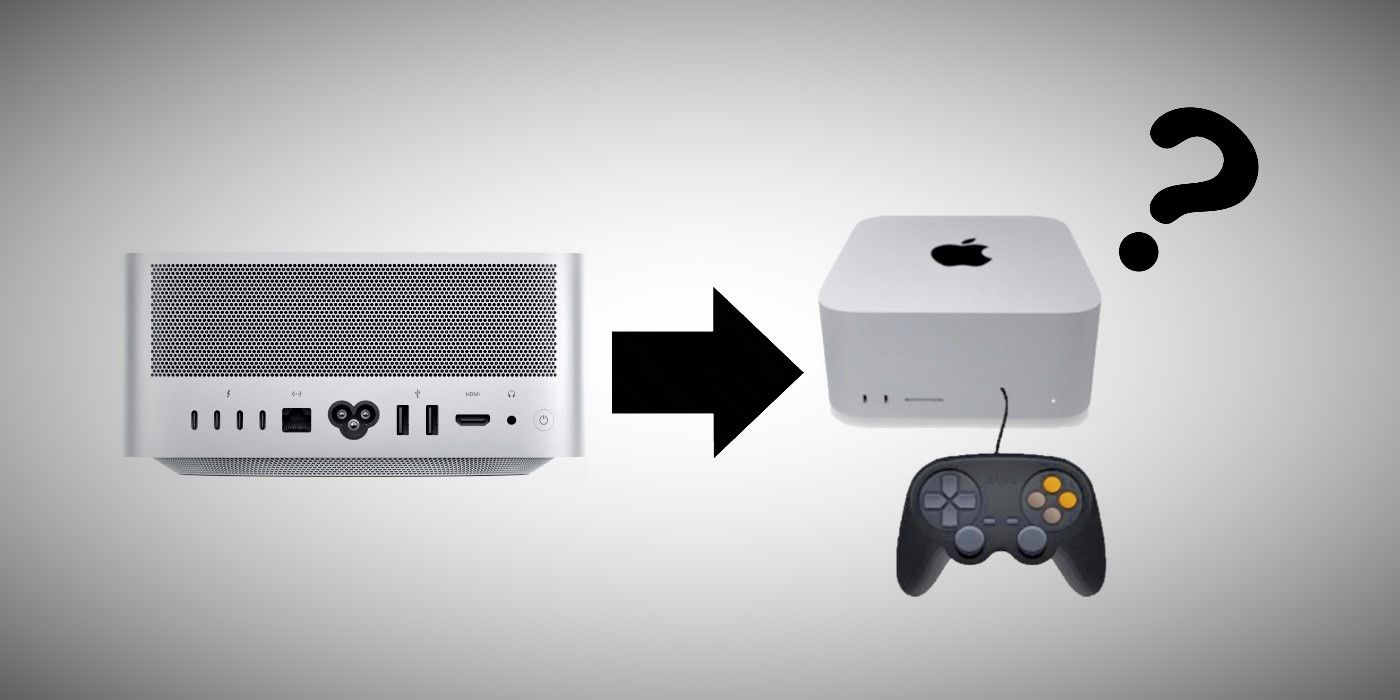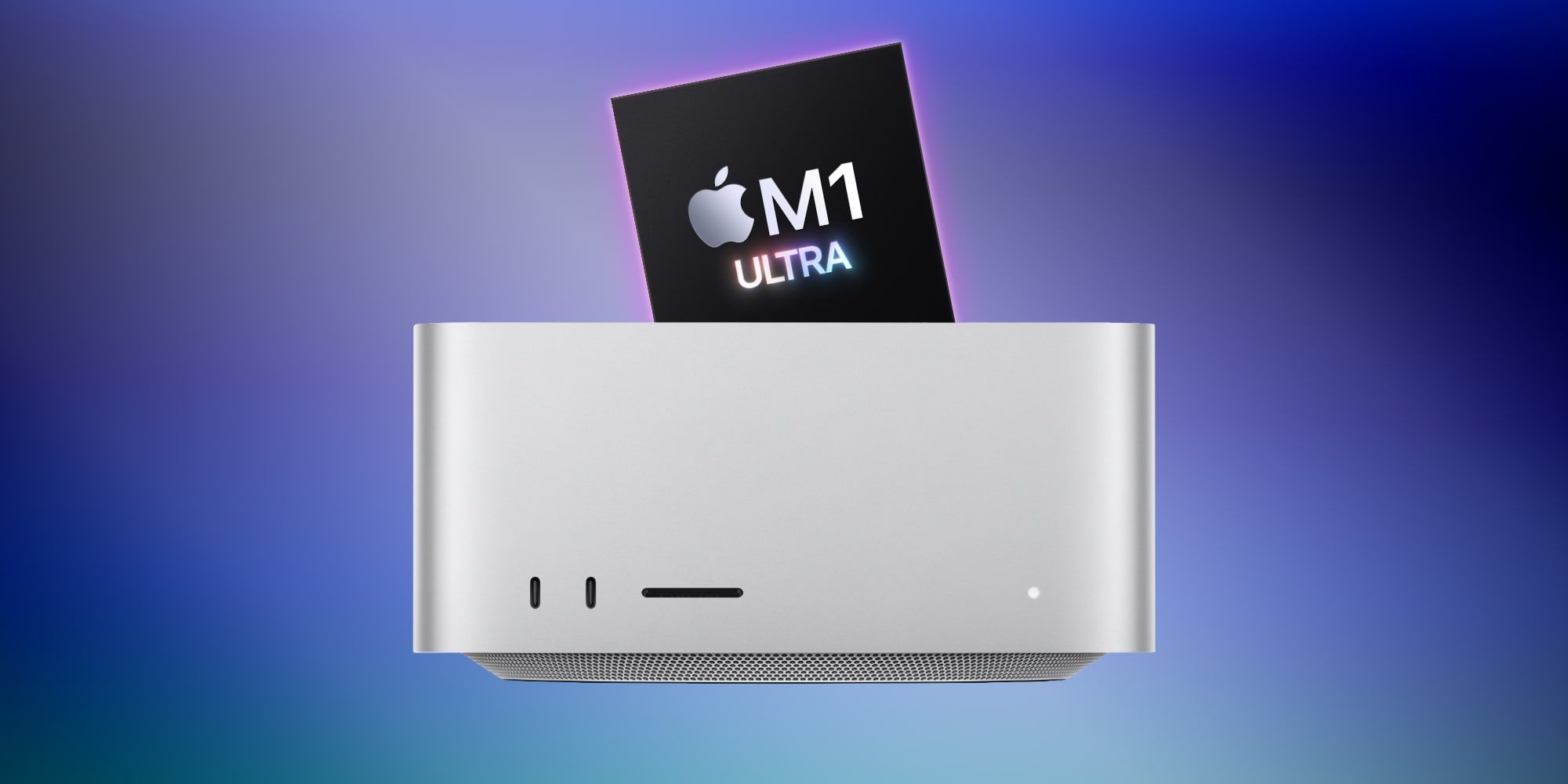The Mac Studio is said to deliver incredible computing performance in a tiny, unassuming package. Despite its tame exterior, its internal specs alone sound powerful enough to outperform gaming rigs twice its size, but there are other factors to consider as well. If Apple merged the Mac Pro and mini, then cranked its capabilities up to eleven, the result would be the Mac Studio.
The Mac Studio was officially announced during the March 8 Apple event, with the company claiming that it can outpace most of its highest-end models by a long shot. The Mac Studio runs on what Apple deems as the “most powerful chip in a personal computer,” explaining that it's not only capable of dishing out top-notch performance, it's also able to do so while using less energy than most desktops. All of this translates to a very enticing picture when it comes to gaming, but can it actually best monstrous desktop PCs designed specifically for that purpose, even without a dedicated GPU?
Performance-wise, the Mac Studio utilizes Apple's M1 Max Chip, which is a 10-core CPU with an integrated 24-core GPU and 400GB/s of max memory bandwidth, according to the official specs. Apple also gives buyers the option to choose the more powerful M1 Ultra chip, which basically doubles those figures to a 20-core CPU with massive 800GB/s memory bandwidth. For comparison, most high-end desktop PCs utilize an Intel Core i9 processor, which comes with 16 cores and maximum memory bandwidth of 76.8GB/s. These figures dictate the amount of processing power and operations working simultaneously, and the amount of data it can read at a given moment. In other words, higher figures generally translate to better performance.
How Will The Mac Studio Fare In Actual Gaming Scenarios?
Apple claims its testing resulted in the Mac Studio's M1 Max chip alone displaying similar GPU performance to an Intel Core i9-powered desktop using Nvidia's RTX 3060 Ti, at just a third of its power consumption. Furthermore, its beefier M1 Ultra chip, at peak performance, reportedly even surpassed a rig running Nvidia's beastly BFGPU. Sure, that sounds promising on paper, but when applied to a real-world gaming scenario, things are rarely that straightforward considering the various factors at play.
Given that some dedicated GPUs come with their own power supply and cooling systems independent from the processor, they will already have that edge of generating extra oomph in computing output, compared to the Mac Studio running all graphical processing power and cooling system on a single chip. Then there's the case of software, as some games are better optimized to run dedicated GPUs and operating systems like Windows. In contrast, the Mac Studio will have to rely on programs like Boot Camp for games that don't natively support macOS, which is mostly the case with the latest PC titles. While the Mac Studio will undoubtedly be better at gaming compared to previous Macs, consumers won't truly know if it rivals actual gaming PCs until they're able to make the comparisons themselves, and they'll be able to do that starting from March 18th.


